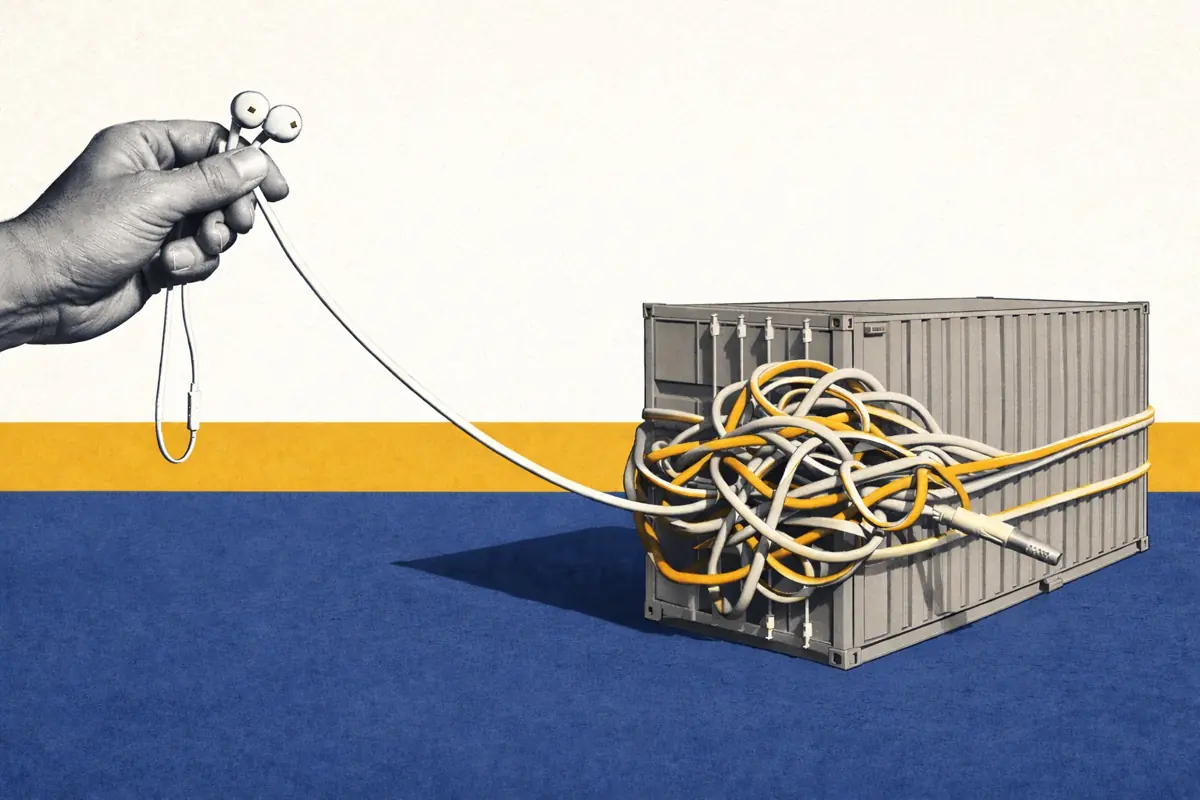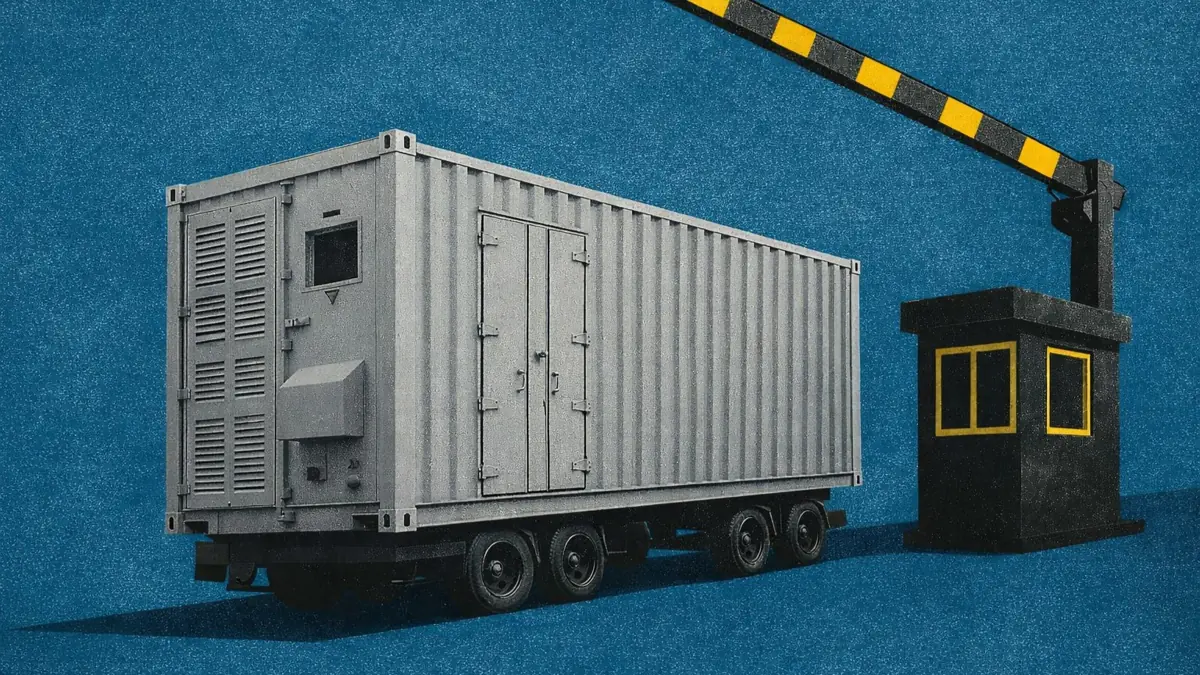Do batteries save consumer costs in Great Britain?
Since December 2024, batteries have saved consumers more than £23 million in balancing costs. This is just one way batteries help consumers save costs. Still, this new flexibility allows the control room to manage the system through a technology mix never seen before.
These assets have become a core part of Great Britain’s electricity system. For the duration they operate, batteries can inject power into the grid at a lower cost than gas turbines and absorb excess energy more cheaply than turning down wind or relying on other storage technologies such as pumped hydro.
Their flexibility enables NESO to balance the system more efficiently and reduce costs that are passed on to consumers. However, sometimes, overlapping market signals lead to inefficiencies in battery dispatch, which can increase the cost of actions taken in the Balancing Mechanism.
This article examines both sides of that equation: How batteries deliver value through reduced balancing costs and when actions can reduce those savings.
If you want to learn more about the methodology behind calculating the cost/benefit of batteries in the Balancing Mechanism - contact the author, zach@modoenergy.com
Batteries have saved over £23 million in balancing costs
Batteries reduce costs for the electricity system in two main ways:
- Nationally, through energy balancing actions that displace more expensive technologies like gas turbines.
- Locally, by absorbing excess generation in areas affected by transmission constraints.
Since December 2024, these actions have saved over £23 million in balancing costs. A significant share of this comes from Offers, where batteries inject energy into the grid, replacing higher-priced Offers from gas assets, such as CCGTs.
The remainder comes from Bids, including both energy Bids and system-flagged Bids. These often help avoid curtailing wind generation at high cost, particularly in regions affected by network congestion.
We’ll explain all the terms used in the chart throughout this article.
However, not all system-flagged Bids reduce costs. In fact, just over half of all system-flagged Bid volume has resulted in a net cost to consumers - driven by two main factors.
First, GB’s national market design lacks dynamic locational signals. This can provide operational signals for batteries to sell power into areas that are already transmission‑constrained, worsening bottlenecks and leading to costly Bid actions in the Balancing Mechanism. These account for around 55% of the total cost.
Ancillary service contracts, such as Quick Reserve and Response Services, are linked to the remaining 45%. These require batteries to maintain import capability in the Balancing Mechanism, often encouraging them to sell into constrained areas during wholesale trading, creating the necessary footroom for service delivery.
National cost savings from energy actions
Batteries offer a clear cost advantage when providing energy through the Balancing Mechanism.
In 2025 so far, batteries price their Offers at an average of £105/MWh — around 25% lower than equivalent Offers from CCGTs, saving roughly £30/MWh.
This price gap has widened over the summer months, as falling wholesale power prices have pulled battery Offer prices down. Unlike CCGTs, which are more closely tied to gas and carbon markets, batteries adjust their Offers in line with real-time wholesale conditions, making them cheaper to dispatch.
On the Bid side, batteries are broadly competitive with CCGTs and significantly cheaper than alternatives, such as wind curtailment or pumped hydro. This has helped reduce the cost of Bid actions when supply exceeds demand.
If batteries had not been available for energy balancing, NESO would have spent £23 million more on these actions using alternative technologies.
Batteries deliver the greatest savings when wholesale prices are low
In summer, when demand is lower and renewable output is higher, battery Offers become increasingly competitive, often undercutting CCGTs by a wider margin.
At the same time, with fewer gas units online, batteries more frequently compete with renewables for Bids, helping to avoid wind curtailment and further reducing system costs.
This means two key factors drive the consumer benefit that batteries provide:
Already a subscriber?
Log in







